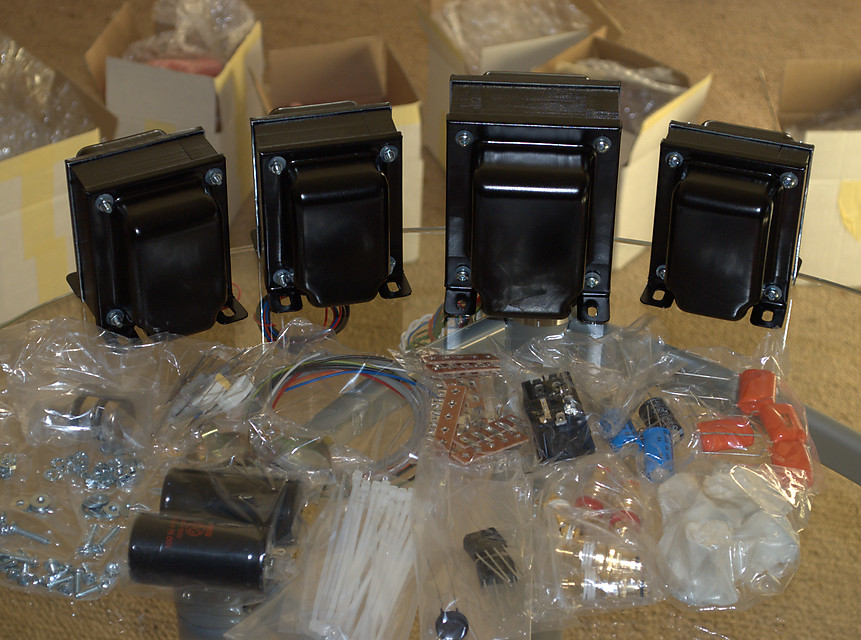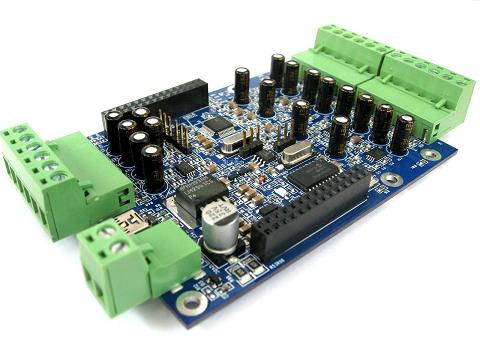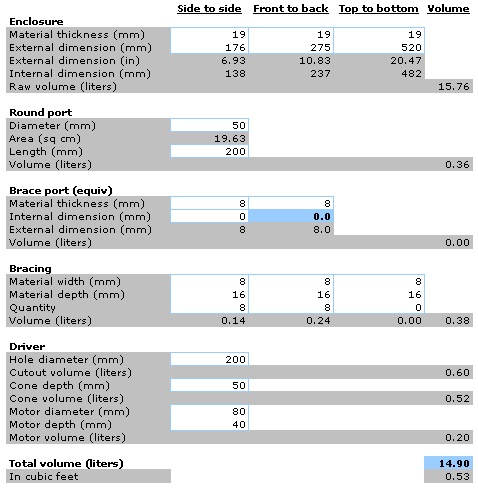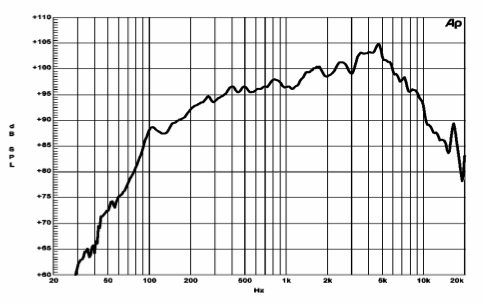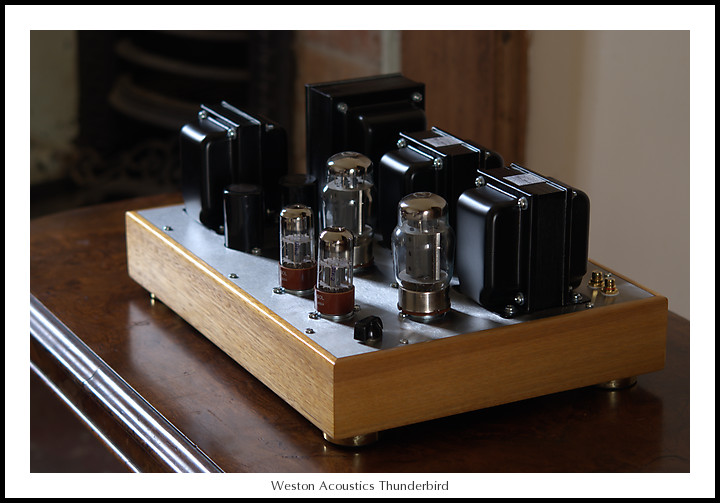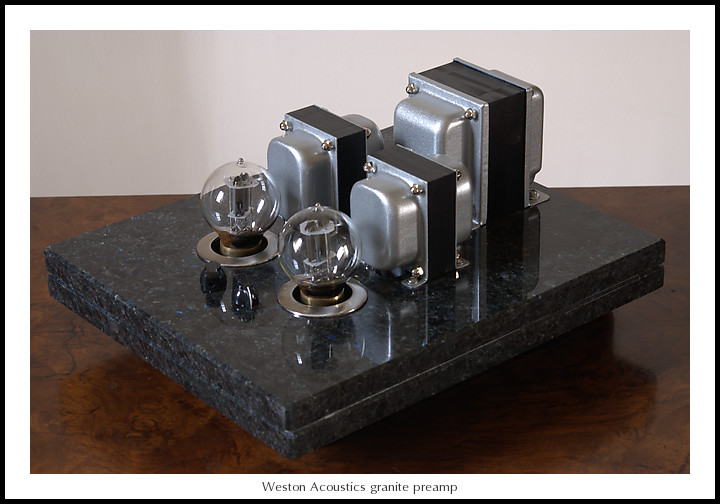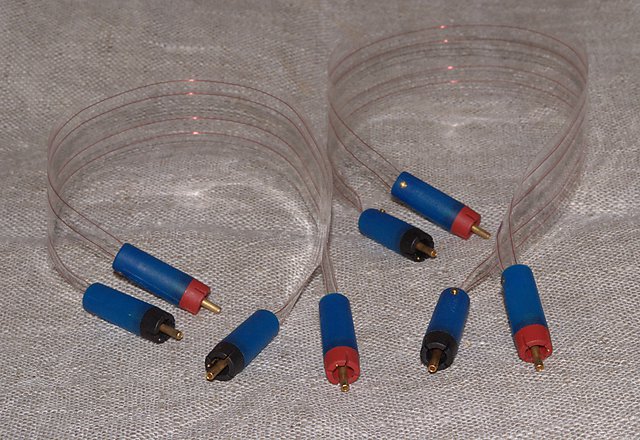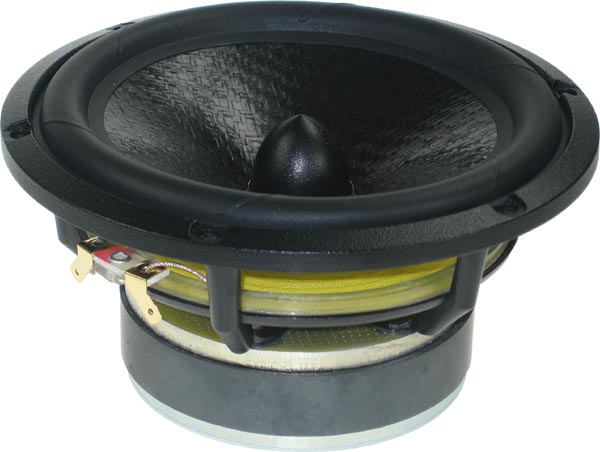
A new active two-way speaker project
After modeling what feels like a hundred mid-woofers, I have decided on the drivers for a new active two-way speaker. It will, of course, use a miniDSP as crossover, but this time I am going to use it in “preamp” mode, and furthermore add the miniAMP module. The aim of the project is to see what I can come up with that is along the lines of a “lifestyle” system but which also satisfies some fairly demanding “audiophile” requirements. The idea is that it isn’t going to have to be placed out into a room – as many of you probably know, the reaction yourRead More →
